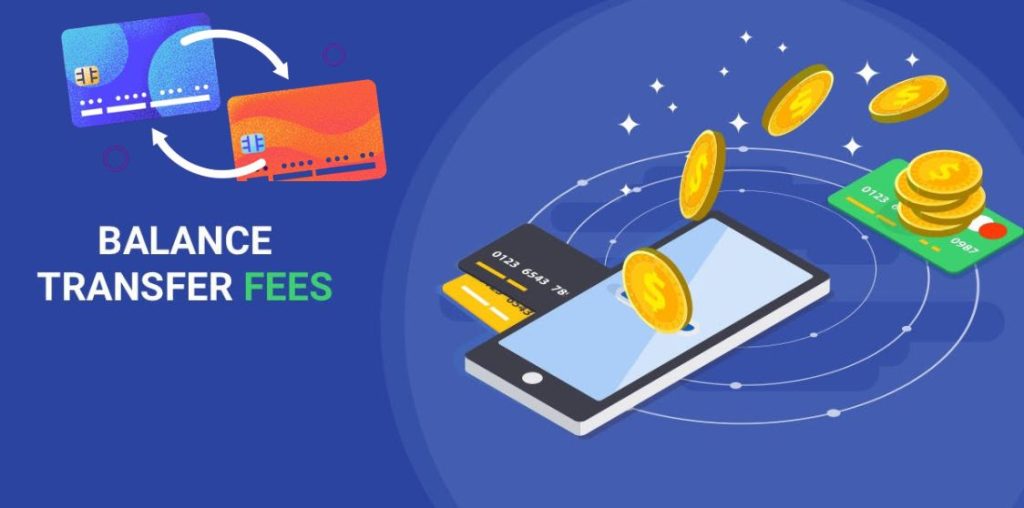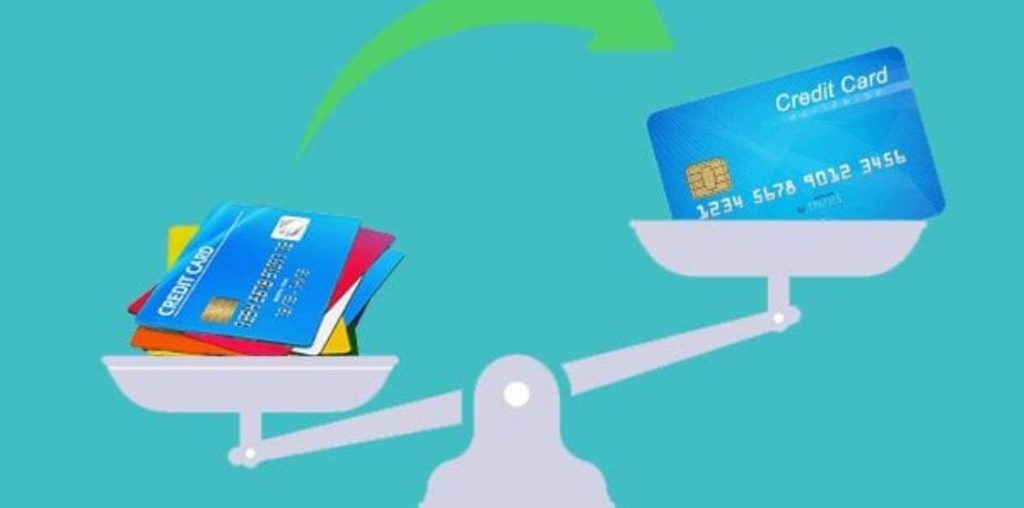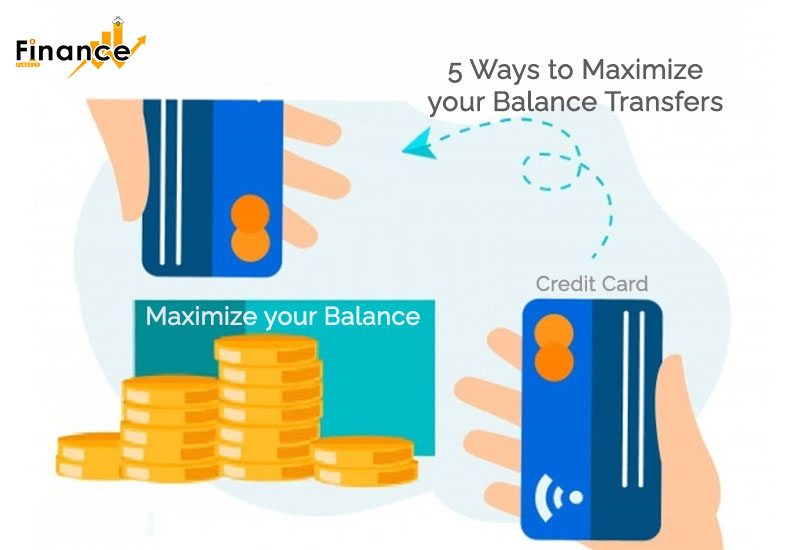On average, the American household pay roughly $1,000 as credit card interest each year. If you don’t make timely payments, the amount of interest charges surges up each month. If you are looking for ways to maximize your balance transfers, look no further. Follow these steps to save a substantial amount of money.
Table of Contents
Ways to Maximize your Balance Transfers – Key Takeaways
- The best ways to maximize your balance transfers is to know about your current debt and then comprehend the terms and conditions of your balance transfers
- Try to understand the fact that transferred balances and purchases are not treated equally by various credit card issuers
- Try to pay off more than the minimum if you want to become debt-free before the 0% APR period ends.
1. Thoroughly understand the terms and conditions of your balance transfers

It is important to comprehend how the balance transfer card works. As each card differs in terms of conditions so it is important to know the clear rules for the working of your card. Before you apply for the balance transfer card, read the terms associated with each offer. This includes checking the introductory 0% APR period, limits to the amount of debt you can transfer, regular balance transfer fees, and much more. The best ways to maximize your balance transfers is to you check all these terms and conditions prior before the application process.
Most importantly, beware of the maximum amount of debt you can transfer as in most cases you won’t be able to move your entire balance over. For instance, the total amount of your requests including the fee and interest rate cannot exceed the limit of the available credit . If you have a current credit limit of $10,000 then the balance transfer should not exceed the total of $10,000.
2. Make a full fledge pay off plan

Balance transfer credit cards are good for specific purposes and need a full-fledged execution strategy. One of the best ways to maximize your balance transfers is to make use of the credit card pay-off calculator. This will help you make an estimate of how long it will take to pay off the balance until you have to pay the regular interest charges.
The calculations will help you figure out in detail how much you can save along with monthly payments. To estimate the exact amount , firstly identify what monthly payments you are comfortable to make. Then multiply the amount with the number of months in the introductory APR period before the interest charges surges. The calculation you make is the exact amount you can afford to transfer.
3. Be aware of the balance transfer fee

One of the important purposes of the balance transfer credit cards is to save a substantial amount of money. If you are looking for ways to maximize your balance transfers, one of the important considerations is checking the balance transfer fee. If your savings are small then its not worth to make a switch to the balance transfer credit card.
Although no card is absolutely free of cost for balance transfer but the introductory APR lets you save the charges for unnecessary fees. The typical charges for the balance transfer range from 3%-5% So it’s wise to compare the fees to the amount you decide to save and then decide if its worth it.
Best Balance Transfer Credit Cards
The choice of the best balance transfer credit cards is dependent on your financial situation. For instance if you have a large balance to pay off , then its preferable to look for credit card options with 0% APR and low fee. But on the other hand if you have a smaller balance, look for credit cards options that can maximize your reward earning. Here are the top picks for the balance transfer credit cards
Wells Fargo Active Cash® Card – This card offers 0% introductory APR period on balance transfers for a period of 15 months. After this period variable APR ranging from 20.24%-29.99% will be charged. With this greatest benefit, the card comes with no annual fee along with a welcome bonus of $200 with a spending limit of $500 in the first 3 months of account opening.
Chase Freedom Flex ℠ – This card offers 0% introductory APR on purchases and balance transfers in the tenure of 15 months. Afterwards, variable APR ranging from 20.49%-29.24% is applicable. Moreover, this card can earn you a 5% cashback on eligible purchases while flat 1% on all other purchases. The no annual fee makes this a must-have credit card in the wallet.
4. Try to pay off the balance before the end of the intro period

If you have ways to maximize your balance transfers, try to get out of the debt in the duration of in the introductory APR period. The balance transfer credit cards are the best way to alleviate the interest burden you are currently facing on the other cards. Mostly if you are unable to pay off debt in the 0% APR time, you will be able to find yourself in the same shoes.
Create a full-fledged plan to make payments towards the debt throughout the introductory period. Try to keep track of the payments until you become debt-free. Furthermore, it is recommended to automate your payments to pay off the balance full-time.
5. Don’t close the other cards after you have transferred the balances

Once you have completely transferred the balance to the new card, think twice before you close the other credit cards. Though it’s not one of the best ways to maximize your balance transfers, this thing will potentially impact your credit score. This way the credit utilization ratio will increase as you may be using a higher percentage of the credit on fewer cards. Unless you cannot afford the annual fee, try to keep the credit accounts open.
In brief, balance transfer credit cards efficiently help you to pay off debt while saving money, as long as you them in the appropriate manner.
Frequently Asked Questions
Should I do balance transfer?
If you will be able to pay off balance transfer in a duration of 3 months and cannot qualify for the 0% APR credit card then try to pay off the debt as early as possible. But on the other hand balance transfer is a viable option if you need to pay off high-interest debt and want an introductory APR period for balance transfer.
Will balance transfer credit cards impact my credit score?
When you apply for a new credit card it will result in a hard inquiry of your credit report. The hard inquiry will lower your credit score initially and will remain on the credit report for a duration of 2 years.
What are the smart ways to maximize your balance transfers?
Here are few important tips to make the most out of the balance transfers:
1. Check your Credit Score
2. Decide on how much you want to transfer
3. Make debt repayment plan
4. Check for free balance transfer options
5. Try to pay off the balance before the end of the intro period









